-
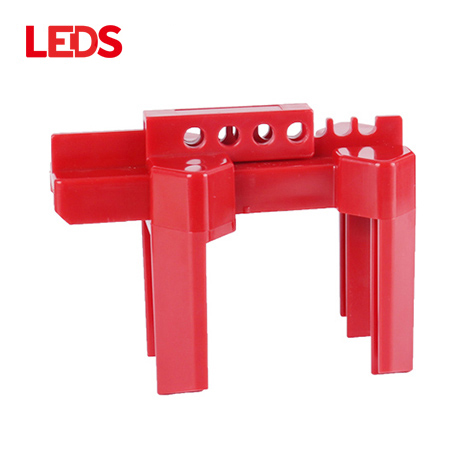
Adjustable Ball Valve Lockout
Adjustable Ball Valve Lockout Overview Use Of Adjustable Ball Valve Lockout 1. Hit the valve handle to the closed state; 2. Connect the upper cover of the component to the valve handle from the... -
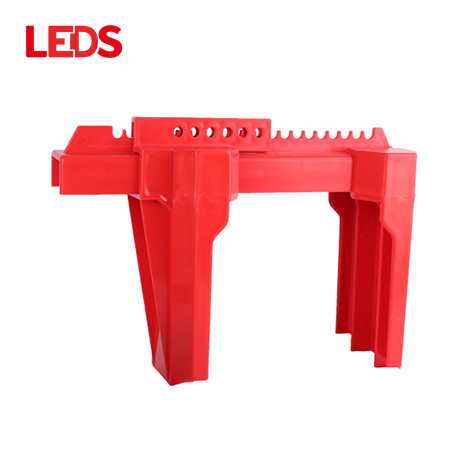
4-Legged Ball Valve Lockout
4-Legged Ball Valve Lockout Overview Engineering plastic ABS material makes these devices the best choice for ensuring locking ball valves. 4-Legged ball valve lockout LDV22 pipe with diameter ... -
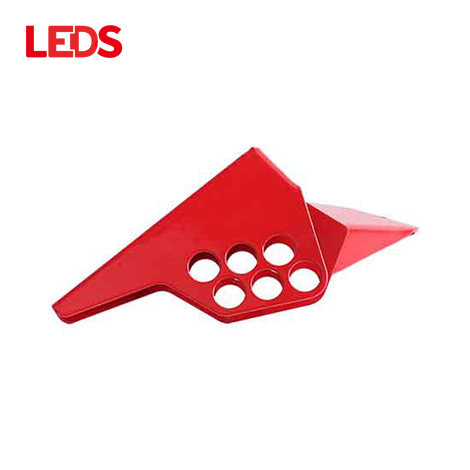
Small Ball Valve Lockout
Small Ball Valve Lockout Overview The easy to use single-piece metal ball valve lockout design of LEDS makes it an ideal tool for holding valve handles in the closed position. Locking ball valv... -
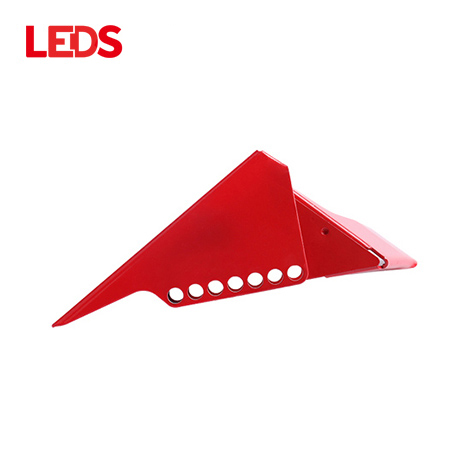
Standard Ball Valve Lockout
Standard Ball Valve Lockout Overview The Easy to use single-piece standard ball valve lockout design of LEDS makes it an ideal tool for fixing valve handles in the closed position. Locking ball... -
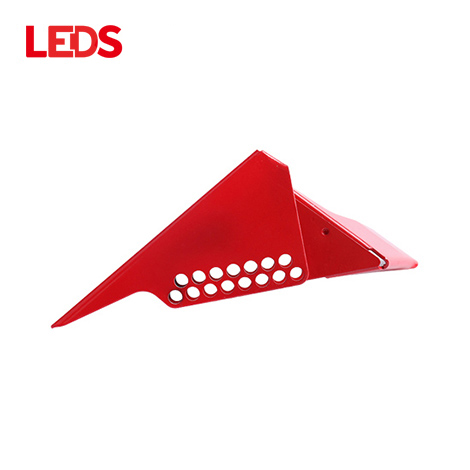
Wedge-Style Ball Valve Lockout
Wedge-Style Ball Valve Lockout Overview LEDS easy-to-use single-piece ball valve lockout handle design makes it an ideal tool for fixing valve handles in the closed position. Large ball valve l... -
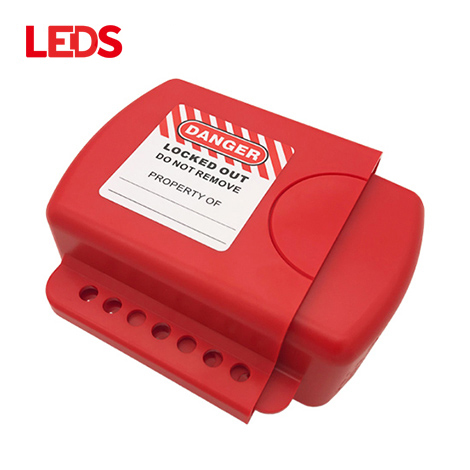
Adjustable Flange Ball Valve Lockout
Adjustable Flange Ball Valve Lockout Overview Adjustable flange ball valve lockout is made of engineering plastic ABS; Flanged ball valves DN8-DN125 for locking valve handle removed; Maximum di... -
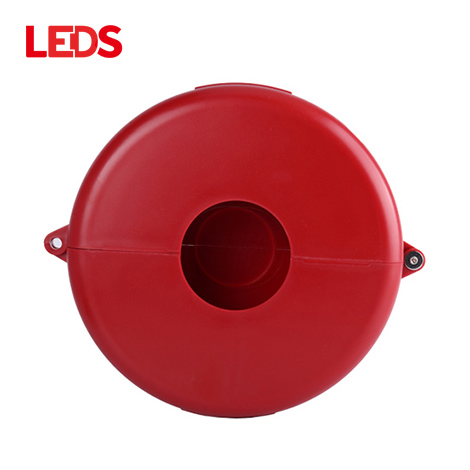
PVC Ball Valve Lockout
PVC Ball Valve Lockout Overview 1.PVC ball valve lockout devices installation are simple, easy to use, without any tools can be installed; 2. Open and closed design can completely cover and loc...
Ball Valve Lockout Useage And Operation
- Ball valve lockout deviceis a flow valve lock that easily closes and controls the release of any fluid and energy. They have excellent fire performance and work well with harsh service chemicals such as dry chlorine and oxygen.
- Operation method of adjustable ball valve lockout: 1. Hit the valve handle to the closed state; 2. Connect the upper cover of the component to the valve handle from the top, and lock the valve body and valve handle; 3. Slide the bottom foot of the part to the cover of the part and connect the two halves of the ball valve lockout. In this case, the valve handle must be sealed below and to the side of the valve; 4. Squeeze the two halves together until the valve is tight; 5. Insert the safety padlock into the hole to make it most suitable; 6. Ensure that valve handle is tightly sealed and cannot be moved.
- Note: Small adjustable ball valve lockout is provided with a height limit plate for standard valve handles. If valve handles are thick, remove the height limit plate with a screwdriver at four predetermined breaks.
- Operation method of steel ball valve lockout device: 1. Hit the valve handle to the closed state; 2. Align the ball valve lock with the valve handle and slide it through the valve handle as much as possible; 3. Position the ball valve lock on the Angle part of the valve handle; 4. Squeeze ball valve lockout device and valve handle together and insert the safety padlock by providing the most closely matched hole to ensure that the disc and valve handle are next to each other and the lower baffle is in contact with the body or pipe.
- Note: The steel ball valve lockout cannot lock the ball valve handle in the "open" position. The hole given in the lock does not indicate the maximum number of padlocks available for locking the valve. To obtain the "nearest point", only one padlock can be locked.



